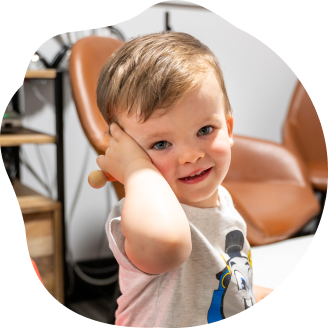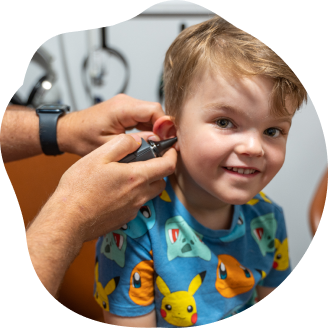Your local
audiology clinic
The little things, make a big difference.

Little Ears Too

What's Involved?
When we test your little ones' ears, we have to be a bit flexible. Most toddlers are pretty crumby at sitting still, so we adapt our testing so that it is appropriate for their age (and hopefully a bit of fun for them too).
In the assessment we want to get some good images of their ear drums to see if there is any blockages or irritation. We then measure how well the ear drums move to check for the presence of fluid or other middle ear issues.
Then we want to get some behavioural responses to sound. The responses might be getting your child to turn to look at a puppet show when they hear a sound, throw a block in a bucket, shoot a spaceship, or something else that we come up with on the day. by turning the sound that they're responding to up and down, we can measure the softest sounds that they can hear.
We look forward to
hearing from you